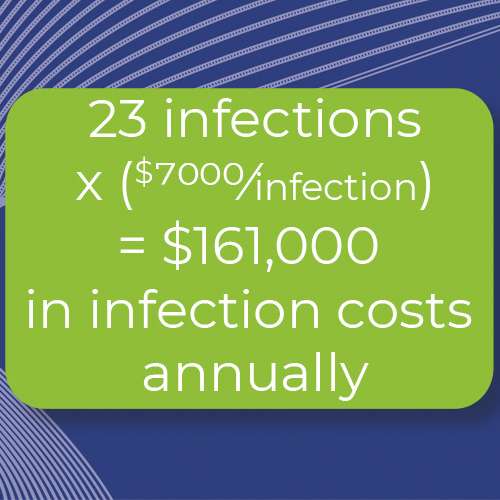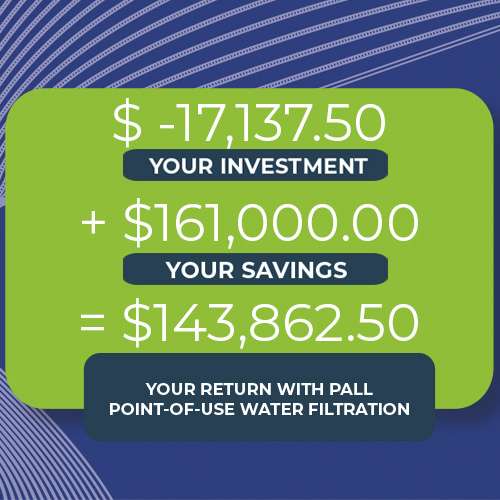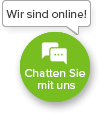
Blog
What is the Return-On-Investment of My Point-of-Use Water Filter?
What is the Return-On-Investment of My Point-of-Use Water Filter?
Date: April 9, 2021
This article is intended for use United States, China, and countries where local regulations allow
Reduction of healthcare-associated infections (HAI) continues to be a strong focus. Keeping infection numbers low can have a multitude of positive benefits, including improved (and safer) patient experience, reduced costs to the hospital and better overall hospital performance. Much attention has been paid to the spread of pathogens on surfaces and through the air. However, waterborne pathogens continue to be an important source of HAIs.
For example, Pseudomonas aeruginosa, a common waterborne pathogen, has been shown in research to colonize water outlets in the Intensive Care Unit (ICU) environment at least 30% of the time.1 Water, sinks, and faucets also tend to be the most contaminated water sources associated with Pseudomonas infections2 and the transmission from these sources to patients happens at least 30% of the time,1 resulting in possible infections, which requires treatment and a longer stay for the patients.
Pseudomonas in the Neonatal Intensive Care Units (NICU)
In the NICU, Pseudomonas aeruginosa is a very common pathogen, which can be transmitted from water and surfaces. Neonates, especially if premature, can be more vulnerable to this pathogen. They can be exposed in a variety of ways, including from hands washed in contaminated water, being bathed in contaminated tap water, and rinsing of neonatal equipment, like breast pumps, in tap water.
When considering waterborne Pseudomonas spp., Point-of-Use (POU) Water Filters can provide a simple and effective barrier to transmission. With a POU Water Filter, the water from the outlet that is contaminated with Pseudomonas spp. will be filtered and the bacteria retained within the filter membrane. This means that the chain of infection can be broken, since transmission from the outlet to the patient is prevented.
Example in the NICU
To illustrate the effect of breaking the infection chain, some calculations have been done below:
7.6 Pseudomonas spp. infections for every 100 patient admissions were prevented with Point-of-Use Water Filters3 in the ICU environment.
Here we will apply this to the NICU:
- $7000: A very conservative estimate of the cost of a waterborne pathogen infection
- 300: Number of neonatal admissions annually in this example
- $17,137.50: A very conservative estimate for what it might cost to equip 15 sinks in a NICU with POU Water Filters, including installation, changeouts, and labor.
In this example, a savings of $142,862.50 can be achieved by reducing the risk of Pseudomonas spp. healthcare-associated infections through POU Water Filters. Applying the same logic to all hospitals with NICUs in the United States, annually more than $250,000,000 could be saved by preventing these infections.4
For additional information or to download a copy of the brochure, which includes additional data and calculations, please visit HERE.
- Garvey et al. (2019). Tap Out: Reducing Waterborne Pseudomonas aeruginosa Transmission in an Intensive Care Unit. J Hosp Infect,102 (1), 75-81
- Moffa et al. (2017). A systematic review of nosocomial waterborne infections in neonates and mothers. International Journal of Hygiene and Environmental Health, 220, 1199–1206
- Trautmann M et al. (2008). Point-of-use water filtration reduces endemic Pseudomonas aeruginosa infections on a surgical intensive care unit. Am J Infect Control, 36, 421-429
- Pall Medical Brochure (2019). Cost-Savings with Point-of-Use Water Filtration, Port Washington, NY: 1-9

Marissa Khoukaz - Business Development Manager— Hospital Water
- Medical Industries
- Author
- Sort By


















